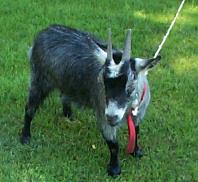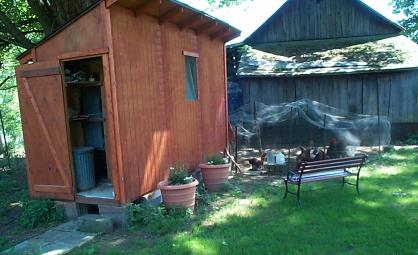|
They stirred together water, a little water-ground cornmeal (ground between stones with water power), potatoes, and salt. They set this mixture, covered or uncovered, in a warm place (such as in the warm ashes of the day's left over cooking fire) until morning. In the morning, they removed the potatoes and used the liquid as leavening for this once famous bread. Standard leavening agents, such as baking powder and baking soda, were not commercially available in this country until the 1850s. |



|
A common misconception about salt rising bread is that the name is derived from the presence of salt in the recipe. However, salt is not a necessary ingredient for salt rising bread. In fact, salt is not even used at all in some recipes. One theory is that salt rising bread was named for the method once used to keep the starter warm during fermentation. The starter was set over night in a bed of warm rock salt to maintain the required warmth. |

|
If you have stories to tell about salt rising bread, please email them to me! |

|
One of the unique characteristics of salt rising bread is that it utilizes naturally occurring bacteria, rather than commercial yeast, as its rising agent. This may have been one of the reasons that this bread was first made. Pioneer women were often unable to purchase yeast for their bread baking, so they had to utilize an alternative means of fermentation. |

|
Salt rising bread, also called salt-risen bread, is a dense, white bread that develops its unusual flavor from a unique fermentation process. While its origin remains uncertain, it is thought to have first been made in the United States in the early 1800s. Salt rising bread has a history of having been made all over the United States but achieved great popularity in the central and southern Appalachian states (West Virginia, Pennsylvania, Tennessee, Virginia, and Kentucky) as well as southern California, Michigan, and central New York state.
|